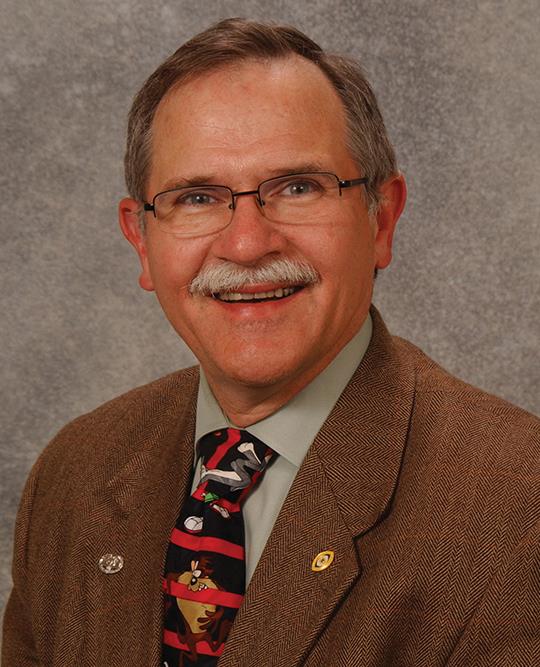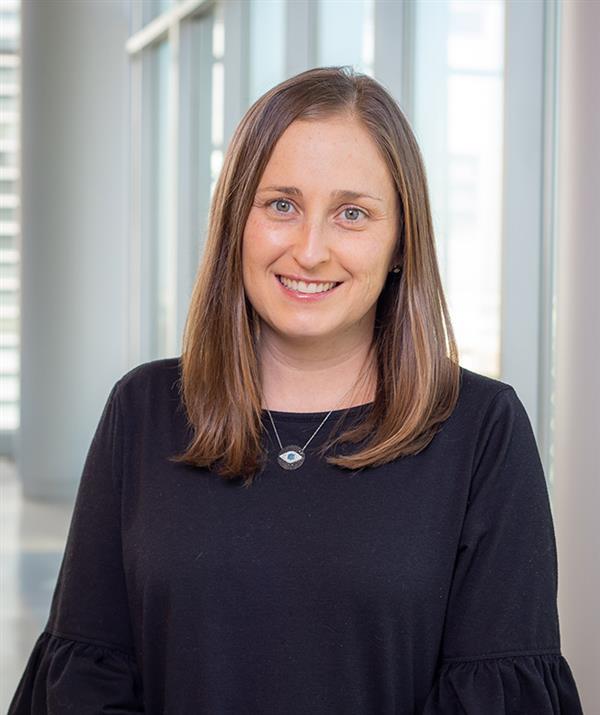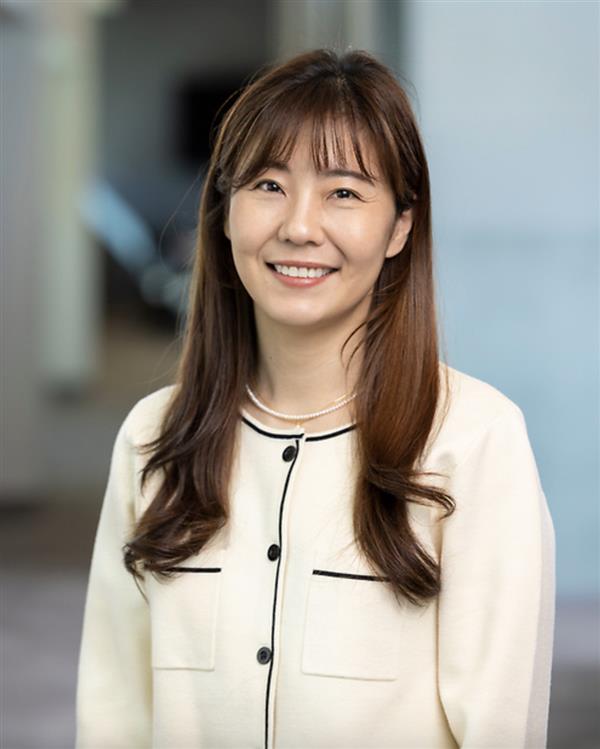- Doctors & Departments
-
Conditions & Advice
- Overview
- Conditions and Symptoms
- Symptom Checker
- Parent Resources
- The Connection Journey
- Calm A Crying Baby
- Sports Articles
- Dosage Tables
- Baby Guide
-
Your Visit
- Overview
- Prepare for Your Visit
- Your Overnight Stay
- Send a Cheer Card
- Family and Patient Resources
- Patient Cost Estimate
- Insurance and Financial Resources
- Online Bill Pay
- Medical Records
- Policies and Procedures
- We Ask Because We Care
Click to find the locations nearest youFind locations by region
See all locations -
Community
- Overview
- Addressing the Youth Mental Health Crisis
- Calendar of Events
- Child Health Advocacy
- Community Health
- Community Partners
- Corporate Relations
- Global Health
- Patient Advocacy
- Patient Stories
- Pediatric Affiliations
- Support Children’s Colorado
- Specialty Outreach Clinics
Your Support Matters
Upcoming Events
Mental Health Town Hall
Tuesday, April 23, 2024Join Children’s Hospital Colorado pediatric experts for a virtual...
-
Research & Innovation
- Overview
- Clinical Trials
- Q: Pediatric Health Advances
- Discoveries and Milestones
- Training and Internships
- Academic Affiliation
- Investigator Resources
- Funding Opportunities
- Center For Innovation
- Support Our Research
- Research Areas

It starts with a Q:
For the latest cutting-edge research, innovative collaborations and remarkable discoveries in child health, read stories from across all our areas of study in Q: Advances and Answers in Pediatric Health.


Eye Care
Nasolacrimal Duct Obstruction
Kids aren’t just mini adults. In fact, they’re incredibly different. That’s why they need incredibly different care.

What is a nasolacrimal duct obstruction?
The nasolacrimal duct is a tear drainage pathway connecting the eyelids with the inside of the nose. In most children, there is a small opening to the duct in the corner of each eyelid called a “punctum.” Tears from the eyes enter the punctum and travel beneath the skin through the nasolacrimal duct in order to drain into the inside of the nose. This is the reason people have a runny nose when they cry.
In some children, the nasolacrimal duct may be clogged or have a small opening that is very narrow, and some children are born with a nasolacrimal duct that hasn’t opened yet. An obstructed nasolacrimal duct prevents tears from draining into the nose and this can cause the tears to run down the patient’s cheek instead.
What causes a nasolacrimal duct obstruction?
Nasolacrimal duct obstruction is most commonly seen in babies who are born before the duct has completely opened. This is known as a congenital nasolacrimal duct obstruction. The duct typically opens on its own as the baby grows. In other cases, the duct remains obstructed. Children can have an obstructed nasolacrimal duct on one side or on both sides.
Who gets nasolacrimal duct obstruction?
Nasolacrimal duct obstruction is usually not inherited and is seen commonly in both girls and boys. It is more common in children with certain chromosomal abnormalities such as Down syndrome.
What are the signs and symptoms of nasolacrimal duct obstruction?
The most common sign of nasolacrimal duct obstruction is increased tearing on the affected side. Tears are normally supposed to drain through the nasolacrimal duct to the inside of the nose; but if the duct is obstructed, tears will overflow from the eyelids and run down the cheek.
Some patients may have crusting of their eyelashes with a yellow-green discharge, and their eyes or eyelids may become red. This is because the normal bacteria growing on the eyelids and eyelashes is unable to be flushed through the nasolacrimal duct if it is obstructed. Sometimes this buildup of bacteria can lead to a serious infection of the tear drainage pathway called dacryocystitis.
How do we diagnose nasolacrimal duct obstruction?
Nasolacrimal duct obstruction is generally a clinical diagnosis, meaning that the diagnosis can be made without the need for invasive tests or imaging. Your child’s pediatric ophthalmologist or optometrist can make the diagnosis by simply examining the child’s eyes and eyelids and discussing the patient’s symptoms with the child’s parent or guardian.
How is nasolacrimal duct obstruction treated?
In approximately 90% of babies born with a nasolacrimal duct obstruction, the duct will eventually open on its own before the child’s first birthday. However, in children whose nasolacrimal ducts remain obstructed a year after birth, studies have shown that their ducts may not open on their own for several years.
At Children’s Hospital Colorado, when we diagnose a child with a nasolacrimal duct obstruction before their first birthday, we generally recommend waiting until the child turns 1 year old to see if the obstruction will resolve on its own.
If the nasolacrimal duct obstruction has not resolved by 1 year old, we generally recommend a surgical procedure to open the duct and relieve the child’s symptoms. The procedure consists of passing a series of very thin wire probes through the punctum of the eyelid (the tiny natural opening to the nasolacrimal duct found on the inside corner of each eyelid) and advancing the wire probe through the nasolacrimal duct into the inside of the nose. The wire probe is then removed, leaving the duct open and allowing tears to flow naturally through the nasolacrimal duct and into the nose. This procedure is performed in an operating room under general anesthesia, so your child will feel no discomfort or anxiety during the procedure.
After performing this procedure, your child’s pediatric ophthalmologist may choose to leave a tiny silicone stent in the duct for 3 to 6 months in order to keep the duct open and prevent it from scarring closed again. The stent is placed in the operating room at the same time as the probing procedure, but the stent can be easily removed in the clinic without requiring any anesthesia. The child cannot feel the stent and usually has no idea it is there.
Your pediatric ophthalmologist may also choose to perform a procedure called balloon dacryoplasty, in which a long, thin balloon is advanced through the nasolacrimal duct and then repeatedly inflated and deflated, thereby stretching and enlarging the nasolacrimal duct so that it remains open long after the procedure.
Why choose us for treatment of nasolacrimal duct obstruction?
At Children’s Colorado, our team of pediatric ophthalmology experts has cared for thousands of children with nasolacrimal duct obstruction and we perform over a hundred surgical treatments for nasolacrimal duct obstruction each year. If your child requires surgery for their nasolacrimal duct obstruction, you can be assured that at Children’s Colorado, they will be cared for by a team of ophthalmologists, nurses, anesthetists and technicians who are trained specifically in the care of pediatric patients. This ensures that your child’s procedure will be as safe, effective, and stress-free as possible.
Next steps
-
Would you like to learn more about us?
Learn more about the Pediatric Ophthalmology department -
Do you have questions about your child’s condition?
720-777-2020 -
Are you ready to schedule an appointment?
Schedule an appointment

Compassionate care, wherever you are
We’re here when you need us. Telehealth appointments are available across every specialty, so you can get the high-quality care we’ve always offered from the comfort, privacy and convenience of home.
See if telehealth is right for you
Get to know our pediatric experts.

Robert Enzenauer, MD
Ophthalmology

Rebecca Braverman, MD
Ophthalmology

Emily McCourt, MD
Ophthalmology

Jennifer Jung, MD
Ophthalmology



 720-777-0123
720-777-0123



